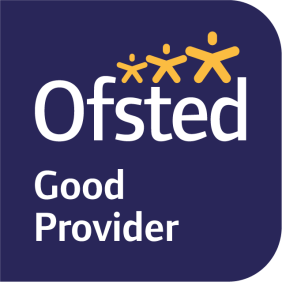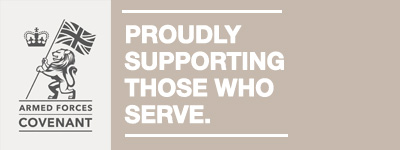


Springboard are here to help you get an interview and help you to get the job you deserve once you’ve completed one of our courses. Employers will receive lots of CV’s for one vacancy; here we can share some helpful hints and tips to make sure your CV stands out from the crowd.
CV Review Service
Springboard currently offer a free CV review service. If you’re looking to update your current CV or create a new CV, we have a dedicated careers department who can review your CV for free. You will receive written feedback on how to improve your CV, and how to make it appeal to potential employers.
You don’t have to be a Springboard learner to access this service, this service is free for anyone who needs it!
To access the free CV review service, email your CV and contact details over to agoodall@springboard-ne.or
CV Hints & Tips
A CV, short for curriculum vitae is essentially a document that’s used to sell yourself – you use it to tell employers why they should hire you, and why your skills are perfect for the advertised job. Think of your CV as if you’re selling a house!
There are certain sections that employers expect to see on your CV and these are as follows;
Name and contact details
The first part of your CV should include your name and contact details. When it comes to your contact details, your email address and phone numbers are essential. Your address should also be included on your CV.
Personal Statement
Underneath your contact details you should include a personal statement, which tells employers a little bit more about yourself. This should be a short paragraph, explaining specific qualities, career goals and strengths relating to the vacancy you’re applying for.
Employment History
You need to include an employment history section of your CV, if you have just left school this can include work experience. Your employment history should outline previous job roles and any work experience or internships. Make sure to list them so your most recent role is at the top!
When listing your employment history, state your job title, employer, dates you have worked there and then bullet point or write a brief paragraph of your responsibilities and skills during that job role.
Education and Qualifications
The next part on your CV should be your education and qualifications. Again, list your education so your latest education is at the top. Include the name of the school/college, the dates you attended and the qualifications and grades you achieved.
If you haven’t left school, college or university yet, it’s a good idea to put your predicted grades down.
References
The final part of your CV should be references, which are contacts the employer will get in touch with to ensure your CV is correct, and to ask if they think they should hire you. Try to include one academic and one professional reference. This is not a vital part of your CV, and if you don’t have room you can simply write ‘references available on request’
For more information on how we will hold and use your information inline with new GDPR legislation, please refer to our privacy policy.
Share this post








